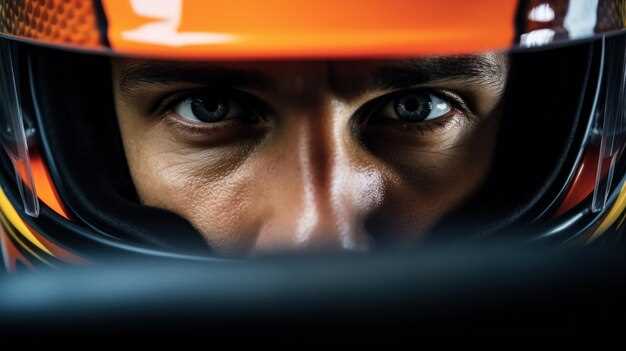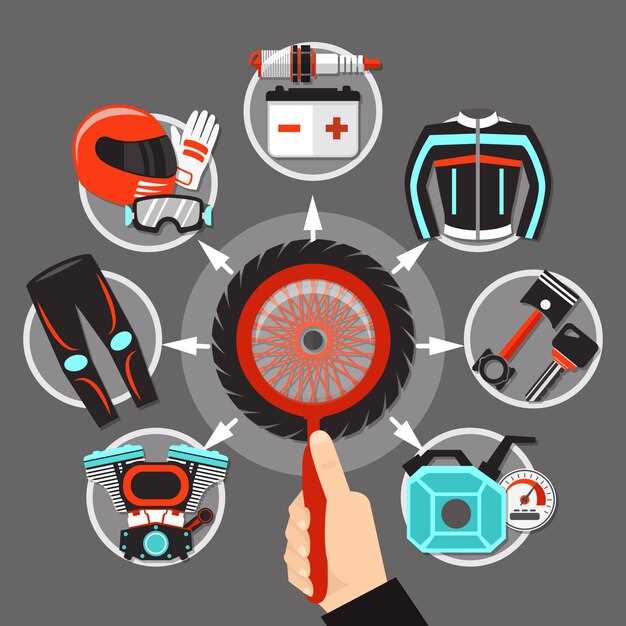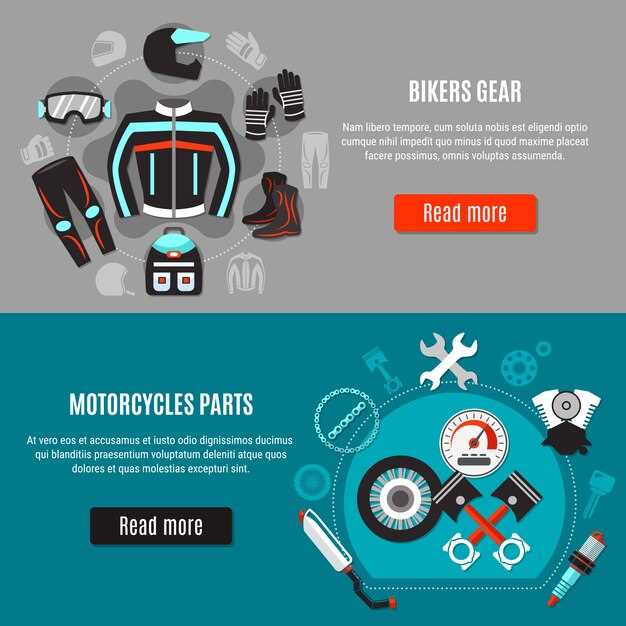
Track racing is an exhilarating sport that demands not only skill and speed but also a strong emphasis on safety. The right protective equipment can mean the difference between a thrilling experience and a dangerous situation. At the heart of this safety gear is the racing suit, specifically designed to withstand extreme conditions and provide maximum protection to the driver.
One of the primary risks faced during track racing is the potential for fire. In the event of a crash or mechanical failure, fires can erupt quickly and unexpectedly. This is where the fire-resistant racing suit becomes essential. Constructed from specialized materials, these suits are designed to delay the penetration of heat and flames, providing crucial extra seconds for the driver to escape in an emergency.
In addition to the racing suit, there are other essential components that make up the complete safety gear ensemble. Helmets, gloves, and footwear play critical roles in ensuring that racers remain protected at all times. Equipping oneself with the proper safety gear is not just a matter of compliance; it is a vital step towards ensuring success on the track while minimizing the risks associated with high-speed racing.
Choosing the Right Fire Suit for Maximum Protection

Selecting an appropriate fire suit is crucial for track racing safety and performance. The primary function of a fire suit is to provide maximum protection against flames and heat, which can be life-threatening in the event of an accident. When choosing a fire suit, consider the materials used; suits made from Nomex, Kevlar, or other flame-resistant fabrics offer superior protection and durability.
Another important factor is the suit’s rating. Look for suits that meet recognized safety standards, such as SFI 3.2A/1 or FIA standards. The higher the rating, the more resistant the suit is to fire. Ensure that your fire suit is certified for the type of racing you participate in, as requirements may vary across different motorsport organizations.
Fit and comfort are also essential when selecting a fire suit. A well-fitted suit should allow for ease of movement, which is critical during racing. Look for features such as flexible panels and adjustable straps to enhance comfort while driving. Keep in mind that a too tight or loose fit can impede your performance and may not offer adequate protection.
Consider the construction of the fire suit. Double-layered suits provide extra protection, especially in high-risk racing environments. Additionally, internal features like pockets and zippers should be designed to minimize the risk of ignition during a fire incident.
Finally, take into account the climate and conditions where you race. Fire suits come in various weights and materials that cater to different temperatures and humidity levels. A breathable suit can help regulate body temperature, thereby ensuring comfort and focus during races.
Investing time in selecting the right fire suit can significantly enhance your safety and confidence on the track, making it an essential component of your racing gear.
Critical Features of a Racing Helmet You Can’t Overlook
A racing helmet is more than just a piece of equipment; it is a vital component of safety gear that can significantly impact your performance and protection on the track. When choosing a helmet, several critical features must be prioritized to ensure maximum safety.
Fire Resistance: One of the most crucial aspects of a racing helmet is its ability to protect against fire hazards. Helmets designed for track racing are typically made from materials that are resistant to extreme temperatures and flames. Look for helmets that meet the FIA standards, indicating they have been tested for fire resistance. This is essential in the event of a crash or fire, as a helmet with inadequate protection can lead to severe injuries.
Impact Absorption: The primary function of a helmet is to absorb impact energy during accidents. Modern racing helmets incorporate advanced foam padding and materials that enhance their ability to absorb shock. A good helmet should feature multi-density foam liners that provide optimal protection while maintaining comfort.
Fit and Comfort: A properly fitting helmet is essential for both safety and performance. A helmet that is too loose can shift during a race, compromising its protective capabilities. Conversely, a helmet that is too tight can lead to discomfort and distractions. Ensure that your helmet features adjustable components, such as cheek pads and a comfortable lining, to achieve the ideal fit.
Visor Protection: The visor of a racing helmet is another critical feature. It should offer clear visibility while protecting against debris, UV rays, and fire exposure. Look for helmets that have anti-fog and anti-scratch coatings on the visor, enhancing your visibility during intense racing conditions.
Weight: The weight of the helmet can also influence your racing performance. A lightweight design reduces fatigue during long races, allowing you to maintain focus and endurance. However, ensure that lightweight materials do not compromise safety standards.
In conclusion, when selecting a racing helmet, prioritize fire resistance, impact absorption, fit and comfort, visor protection, and weight. These critical features will significantly enhance your safety and performance on the track, ensuring you can focus on racing without compromising your well-being.
Regulatory Standards for Safety Gear in Track Racing

Safety gear in track racing is governed by a variety of regulatory standards to ensure the protection of drivers and participants. These standards focus primarily on the integrity and performance of essential equipment, most notably the racing suit and helmet.
Key regulatory bodies, such as the FIA (Fédération Internationale de l’Automobile) and SFI (Safety Equipment Institute), establish guidelines that racing gear must meet to ensure safety during competitions. Compliance with these standards is critical for both practice sessions and official races.
- Racing Suits:
- Made from fire-resistant materials, typically multi-layered, to protect against flames and heat.
- Must be certified under various regulations such as FIA 8856-2000 or SFI 3.2A, indicating they have passed stringent testing for thermal protection.
- Should provide a proper fit to avoid shifting or bunching during a race, which could hinder movement.
- Helmets:
- Must meet the standards set by organizations such as Snell and FIA to ensure adequate impact resistance and protection.
- Require a full-face design for optimal protection, covering the entire head and neck area.
- Should be equipped with a reliable visor system that can withstand high-speed impacts while providing clear visibility.
In addition to these core elements, track racing regulations often include stipulations regarding the maintenance and replacement of safety gear. Regular inspections are recommended to ensure that all equipment remains in compliance and in optimal condition.
Adhering to regulatory standards for safety gear is not merely a formality; it is essential for the safety and well-being of participants. Compliance ensures that drivers are suitably protected against the myriad of hazards encountered on the racetrack.
